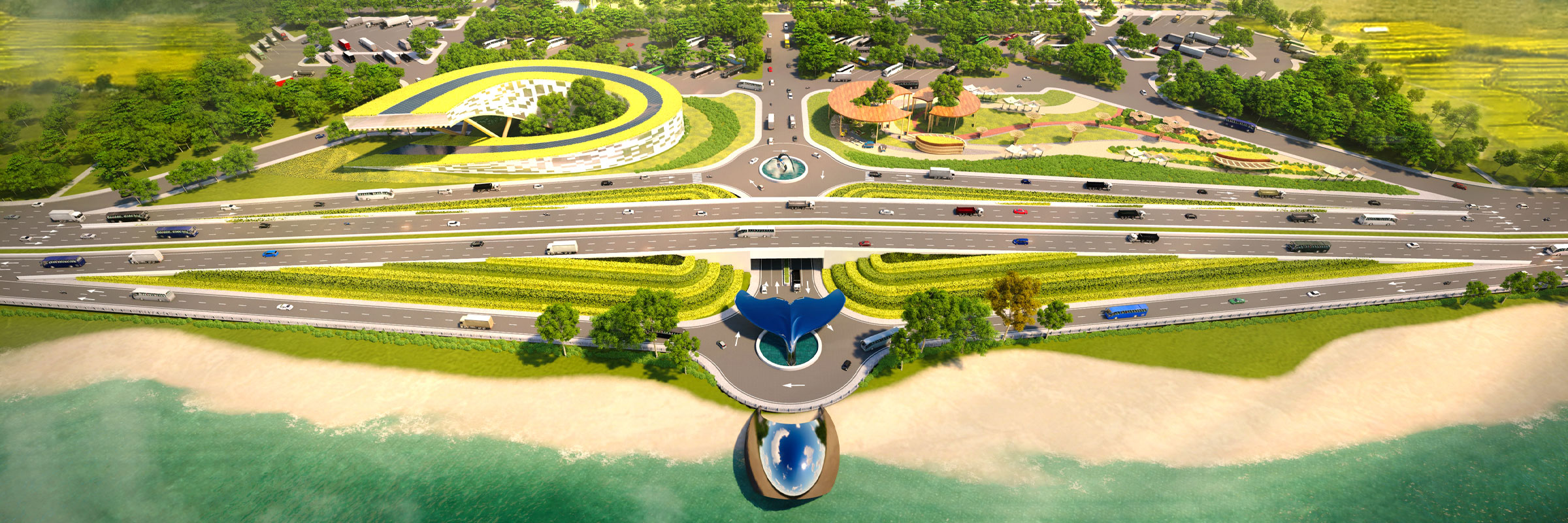









The Impact
Set to become the longest coastal highway in the world, Marine Drive Expressway will improve the connectivity between two major cities (Chittagong and Cox’s Bazar) and enable sustained economic growth in one of Bangladesh’s most important development corridors. ‘Paving the way for THE future of Bangladesh’ the project team has proposed a modern design that matches international standards and global best practice. Key impacts include:
- Mirshari to Teknaf will be the longest Marine Drive in the world extending 275 km, compared to the Great Ocean Road of Australia which is 243 km.
- Marine Drive Expressway will divert approximately 65.5% traffic from the N1 and provide connectivity among the industrial and economic zones, ports and airports of Chittagong and Cox’s Bazar.
- The expressway will be economically imperative for regional and national economic development because it connects several local and international economic zones. It is expected to contribute about 1% GDP increase, nationally.




